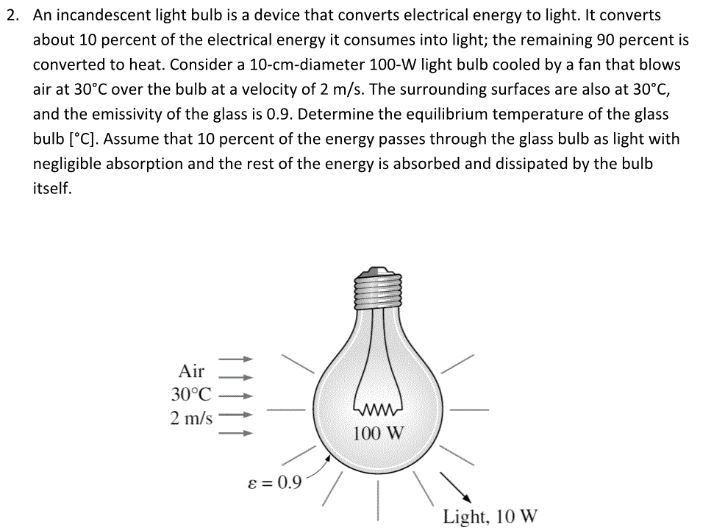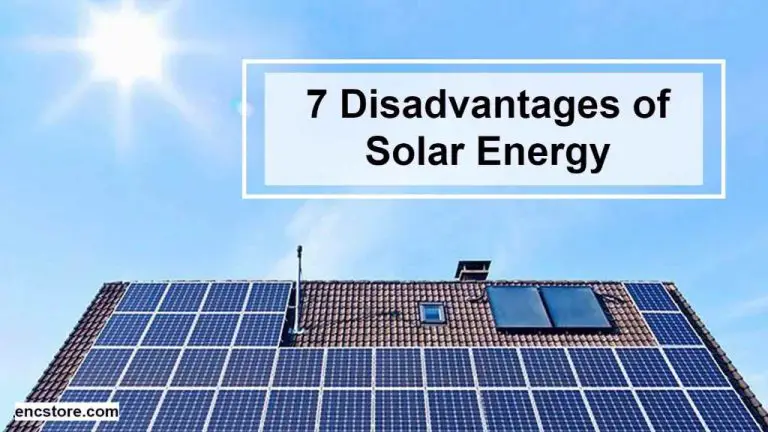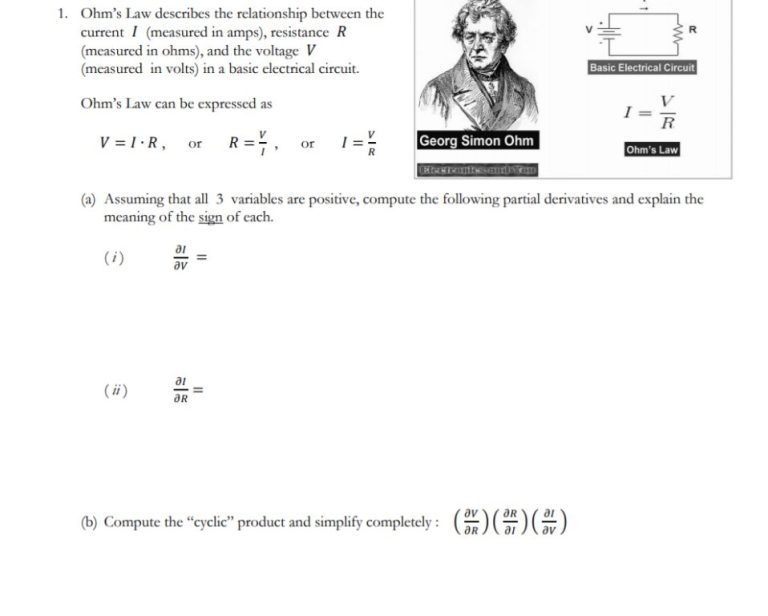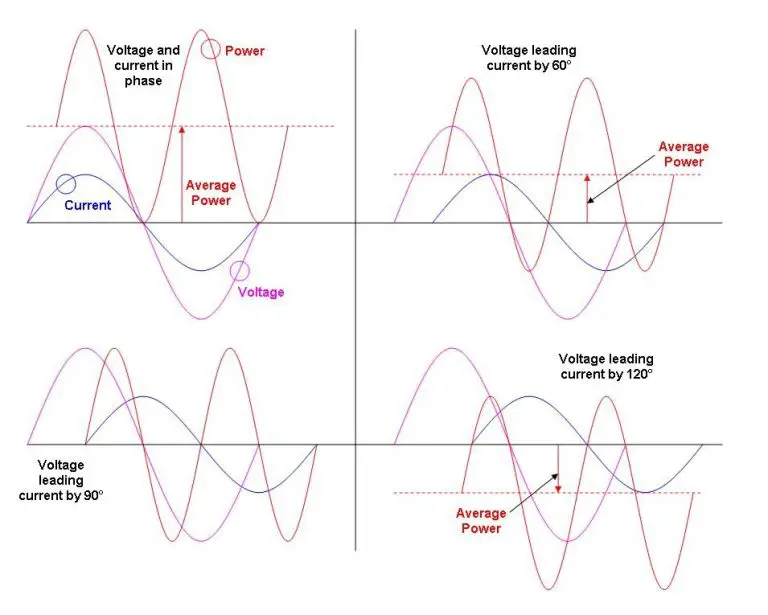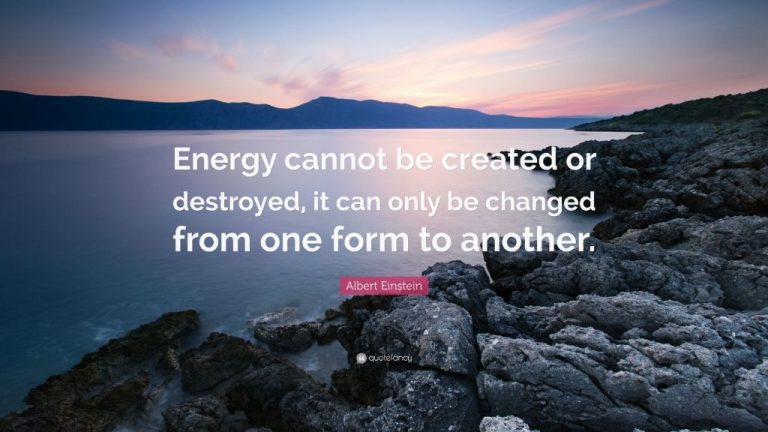What Is The Symbol Of Save Energy?
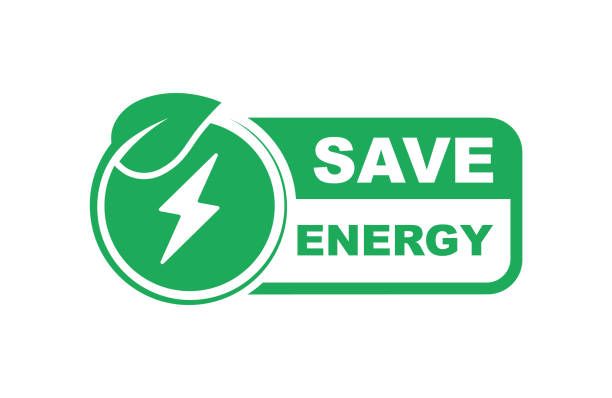
A symbol is an image or sign that conveys meaning beyond its literal representation. Symbols allow people to quickly communicate ideas, concepts, instructions, warnings, etc. In particular, the symbol for saving energy represents the goal of using less energy and power in order to conserve resources and help the environment.
The origins of the save energy symbol date back to the Energy Star program started in the 1990s. Over the years, the design was refined to its current simple and bold presentation. The save energy symbol now appears on appliances, products, buildings and promotional materials to show that they meet energy efficiency standards.
The meaning behind the save energy symbol is to encourage reduced energy consumption through the use of certified energy-saving devices and practices. The symbol serves as a ubiquitous reminder for people and organizations to be mindful of their energy usage. Its goal is to promote sustainability and environmental protection.
Origins
The symbol was first created in 1973 by the Environmental Protection Agency’s William Littlewood.[1] It was designed as part of an energy conservation campaign following the 1970s energy crisis. Littlewood, an electrical engineer, created the simple design to represent an electrical power “on/off” switch. The goal was to promote energy conservation and remind people to save energy by turning off appliances and lights.
The design was picked for its simplicity and ability to convey the message of “switching off” power clearly. It featured a circle above a line, representing an electrical circuit being switched off. The EPA then began using the symbol extensively in national campaigns for energy efficiency throughout the 1970s and 1980s.
[1] https://newscenter.lbl.gov/2003/06/16/simple-symbols-that-save-energy/
Meaning
The Energy Star logo is designed to symbolize energy efficiency. The simple, bold star shape represents perfection and achievement in energy savings (1). The star is shown in a bold blue color, which evokes feelings of trust, dependability, and environmental friendliness. The color blue also represents the planet Earth when viewed from space, reinforcing Energy Star as an eco-friendly program (2).
The star shape formed with rounded edges and open center gives a friendly, approachable impression. This makes the logo feel welcoming and inclusive to all who want to participate in energy efficiency (1). The symmetrical five-point shape evokes balance and harmony with nature.
Overall, the Energy Star logo aims to be a universally recognized symbol for saving energy and protecting the environment through smart choices. The logo serves as a visual shorthand that immediately conveys the core values of the Energy Star program (2).
Usage
The energy savings symbol is widely used by governments, businesses, and consumers around the world. According to the U.S. Environmental Protection Agency, the ENERGY STAR label can be found on more than 70 different kinds of products across more than 50 product categories (https://newscenter.lbl.gov/2003/06/16/simple-symbols-that-save-energy/). The symbol helps identify products and buildings that meet strict energy efficiency guidelines set by the EPA and Department of Energy. For example, household appliances like refrigerators, dishwashers, and washing machines can carry the ENERGY STAR label. The symbol is also used to designate efficient new homes as well as commercial and public buildings. Ultimately, the energy savings symbol helps consumers easily identify products and buildings that will use less energy, save money on utility bills, and help protect the environment.
Visual Elements
The save energy symbol typically consists of a basic plug shape with a lightning bolt in the middle to represent electricity. The plug shape is often green, which is associated with environmentalism, nature, and growth (https://www.shutterstock.com/image-vector/save-energy-symbol-electricity-plug-green-732575494). The green color conveys the idea of saving energy in an environmentally friendly way.
The lightning bolt is usually yellow, representing the electricity or energy that is being used. The yellow contrasts well against the green plug shape for increased visibility. Sometimes a switch is shown in the “off” position on the side of the plug to further communicate the concept of conserving energy.
Variations
The basic energy-saving symbol of a power button with a leaf or tree inside has many variations around the world. While the overall concept is the same, the specific design elements can differ.
For example, in Europe, the leaf is often a flower instead. Some versions use a simple arc shape rather than a power button. The tree or plant design inside the button may be more detailed or abstract depending on the region.
Colors also vary, with green being the most common due to its association with energy and the environment. But other versions use blue, black, or red. The symbol is sometimes enclosed in a circle with the words “energy” or “save energy” around it.
Regional energy agencies or electrical utilities may have their own tailored versions that incorporate their name or country. But the underlying meaning of encouraging energy conservation remains the same globally.
Overall, the many variations show the widespread adoption of the energy-saving symbol and its recognition as an icon of environmental awareness and sustainability.
Effectiveness
Research shows that the energy-saving symbol has been highly effective in promoting energy efficiency. According to the Lawrence Berkeley National Laboratory, the Energy Star label is recognized by over 60% of households in America (Simple Symbols that Save Energy – Berkeley Lab News Center). The symbol has become ubiquitous, appearing on thousands of products like appliances, electronics, and heating/cooling systems. Its widespread adoption has helped change consumer buying habits and raise awareness about energy efficiency.
The Energy Star program estimates that in 2010 alone, American families saved $18 billion on utility bills and reduced greenhouse gas emissions by 17 million metric tons by purchasing products carrying the Energy Star label (The Energy Star Logo: the Symbol that Changed Efficiency Standards). The program has elevated efficiency standards across many product categories, as manufacturers compete to meet Energy Star criteria. The energy-saving symbol continues to be an effective way to signal to consumers that a product meets strict energy performance guidelines.
Criticisms
While energy efficiency symbols have become widely adopted, some argue they can lead to unintended consequences. According to an article in The New York Times, energy efficiency improvements can result in significant “rebound effects,” where the expected energy savings are reduced because people end up using more energy as it becomes cheaper (The New York Times). For example, buying a fuel efficient car may lead to driving more. Some claim these rebound effects can eliminate up to 60% of expected energy savings from efficiency measures.
Others argue that a focus on energy efficiency can distract from the need to transition to renewable energy sources. According to research in the journal Science Direct, while energy efficiency is important, a comprehensive approach requires switching to renewable energy to truly address environmental and reliability issues (Science Direct). Critics say relying too much on efficiency measures may slow adoption of renewables.
Additionally, some opponents think energy efficiency symbols are not effective at actually changing consumer behavior. They argue these types of informational campaigns have limited impact compared to financial incentives or regulations to improve efficiency.
Future
The save energy symbol has the possibility to evolve and take on new usages in the future. As climate change and sustainability become increasingly pressing issues, the symbol may be adopted more widely to promote energy conservation across various sectors. There is potential for the symbol to become modernized or stylized to appeal to new audiences, or localized for different cultural contexts. Digital formats also open up new possibilities – the symbol could be animated or interacted with in apps and interfaces. Augmented reality may allow the symbol to be overlaid onto real-world environments as a reminder to save energy. As new energy technologies emerge, like renewable sources or smart grids, the symbol may be updated to reflect these innovations. There is room for growth in the symbol’s effectiveness if paired with incentives, gamification or social motivation.
However, some critics argue the symbol risks becoming outdated or overused, and that emphasis should shift to systemic change rather than individual behaviors [1]. The future of the symbol depends on flexibility – retaining its core meaning while adapting to remain relevant. With creativity and commitment to sustainable energy, the simple save energy symbol can continue inspiring change.
[1] https://newscenter.lbl.gov/2003/06/16/simple-symbols-that-save-energy/
Conclusion
In summary, the symbol for saving energy is an important and easily recognizable icon that promotes energy conservation. Its origins trace back to the 1970s energy crisis, when there was a growing need to reduce energy usage. The symbol is now commonly used worldwide by governments, organizations, and companies to remind people to turn off lights, power down devices, adjust thermostats, and take other simple actions to save energy.
While the symbol itself is very simple, its impact and effect on behavior have been significant. Studies show that placing the symbol prominently induces energy-saving habits and reductions in consumption. Going forward, the symbol for saving energy will continue to play a vital role in environmental initiatives and climate action.
We all have a part to play in building a sustainable future. When you see the symbol, take it as a reminder to do your part by saving energy whenever possible. Small changes made by individuals collectively make a real difference. Together we can work towards energy efficiency, conservation, and creating a greener planet for all.

